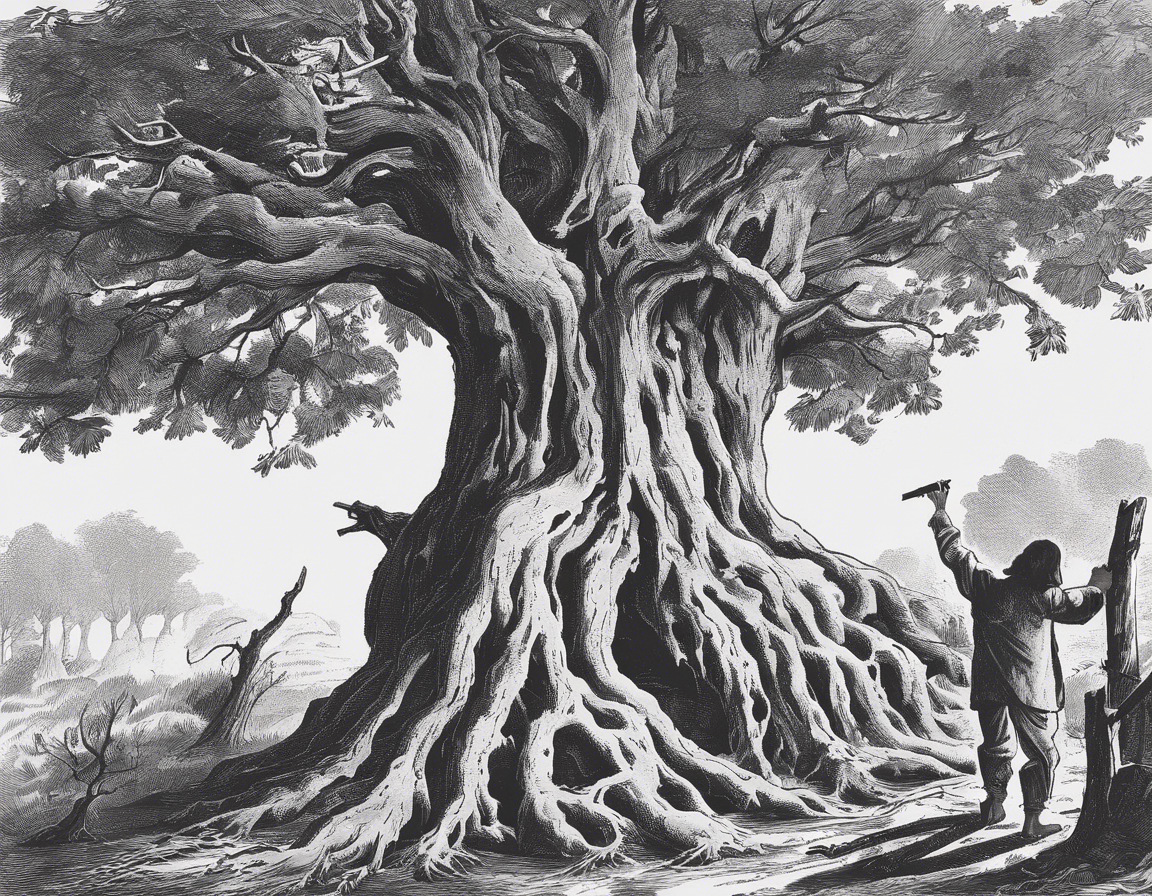On Killing a Tree – Class 9 Q&A Session
Welcome to a comprehensive Q&A session on “On Killing a Tree” for class 9 students. In this session, we will delve deep into understanding the poem, its themes, literary devices, and much more. Let’s explore the analysis of the poem through the following questions.
Q1: What is the central theme of the poem “On Killing a Tree”?
The central theme of the poem “On Killing a Tree” by Gieve Patel revolves around the resilience and endurance of nature. The poet highlights the strength of a tree and its innate ability to survive against all odds, showcasing its indomitable spirit in the face of destruction.
Q2: How does the poet portray the act of killing a tree in the poem?
The poet uses vivid and powerful imagery to describe the process of killing a tree. Through metaphors and personification, the poet depicts the tree as a living being that struggles against its impending death. The act of killing a tree is not merely physical but also emotional and spiritual.
Q3: What is the significance of the title “On Killing a Tree”?
The title “On Killing a Tree” signifies the deliberate and intentional nature of the act. It underscores the poet’s contemplation on the consequences of destroying a tree and the profound impact it has on the ecosystem and the environment as a whole.
Q4: How does Gieve Patel use literary devices in the poem?
Gieve Patel employs various literary devices such as metaphor, personification, imagery, and symbolism to convey the themes of the poem effectively. These devices add depth and complexity to the poet’s exploration of the tree’s resilience and the human desire to control nature.
Q5: What is the poet’s attitude towards nature in “On Killing a Tree”?
The poet’s attitude towards nature is one of respect and awe. While acknowledging the destructive power of humans, the poet also recognizes the beauty and strength of the natural world. There is a sense of reverence for the tree and its ability to withstand adversity.
Q6: How does the poem reflect the conflict between man and nature?
The poem “On Killing a Tree” highlights the tension and conflict between man’s desire to control nature and the intrinsic vitality of the natural world. It underscores the futility of human efforts to dominate and destroy something as resilient and enduring as a tree.
Q7: What is the symbolic significance of the tree in the poem?
The tree serves as a symbol of resilience, growth, and life in the poem. It represents the connection between humans and nature, as well as the cyclical nature of existence. The tree’s destruction symbolizes the fragility of life and the consequences of human actions.
Q8: How does the poet challenge conventional notions of power and control in the poem?
Gieve Patel challenges conventional notions of power and control by emphasizing the inherent strength and autonomy of the tree. The poet questions human arrogance and hubris in the face of nature’s unyielding force, highlighting the limits of human dominion over the natural world.
Q9: What lessons can we learn from the poem “On Killing a Tree”?
The poem “On Killing a Tree” teaches us valuable lessons about humility, resilience, and the interconnectedness of all living beings. It reminds us of the importance of respecting and nurturing the environment, and the consequences of our actions on the delicate balance of ecosystems.
Q10: How does the poem evoke an emotional response from the reader?
The poem evokes an emotional response from the reader through its poignant imagery and lyrical language. The vivid descriptions of the tree’s struggle for survival, coupled with the poet’s contemplative tone, create a sense of empathy and introspection in the reader.
In conclusion, “On Killing a Tree” is a thought-provoking poem that invites readers to reflect on the fragile beauty of nature and the destructive impact of human intervention. Through its rich imagery and profound themes, the poem reminds us of the resilience and vitality of the natural world, urging us to cherish and preserve it for future generations.
